Is Less More? This Electric Recording Company Reissue Had a Listening Buddy Convinced
ERC reissue of Lightnin' Hopkins' «Goin' Away» goes head to head with Analogue Productions' version
Who in their right mind would buy a record costing a whopping 490 dollars from the ultra high end UK reissue label Electric Recording Company (ERC), when the same album is available from Analogue Productions (AP) in an excellent version costing less than a tenth?
The short answer is that at least three hundred people would. That is how many copies ERC pressed of their strictly limited reissue of Lightnin Hopkins’ 1963 Bluesville release, Goin’ Away. Like every previous ERC release, it sold out almost instantly. When I checked, there was a mint copy for sale from a Hong Kong flipper om Discogs for 900 dollars (shipping costs not included), and one in the US on eBay for USD 945.
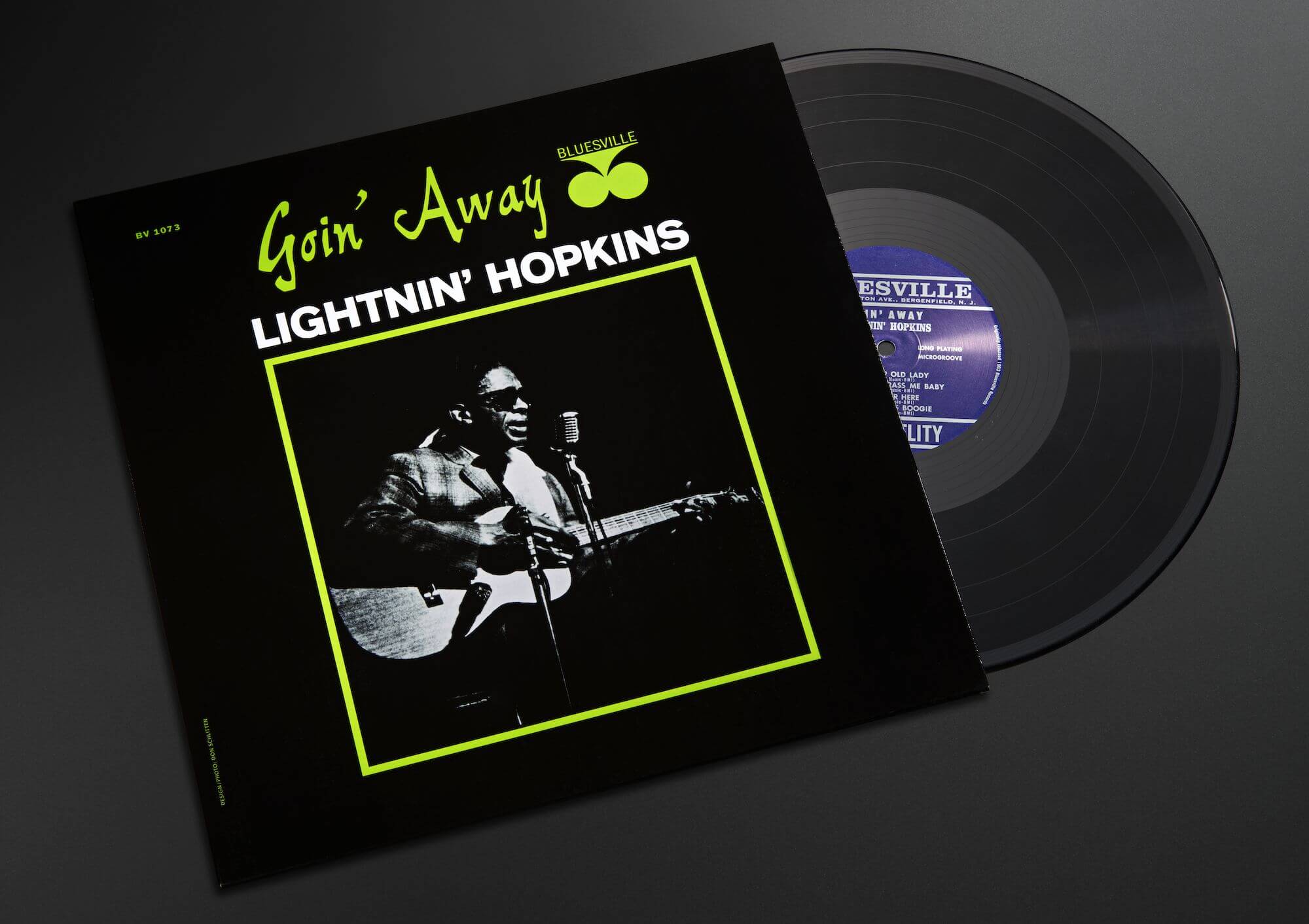 Curious what those 300 got for their money, apart from a very expensive collector’s item, I sat down with a music lover and audiophile friend to dig into the groovy, dark artistry of Hopkins. Alongside a review sample of the ERC version we had the Analogue Productions’ 180 gram repress of their 2016 200 gram release, mastered and cut by Kevin Gray at Cohearent Audio, plated by Gary Salstrom and pressed at Quality Record Pressings.
Curious what those 300 got for their money, apart from a very expensive collector’s item, I sat down with a music lover and audiophile friend to dig into the groovy, dark artistry of Hopkins. Alongside a review sample of the ERC version we had the Analogue Productions’ 180 gram repress of their 2016 200 gram release, mastered and cut by Kevin Gray at Cohearent Audio, plated by Gary Salstrom and pressed at Quality Record Pressings.
Analogue Productions has released versions of this album several times before, starting way back in 1991 with APB 014, mastered by Doug Sax at the Mastering Lab, and including a 2x45 cut in 2003. Goin’ Away is Analogue Productions’ boss Chad Kassem’s favorite blues album, and one of his favorite records of all time, so you’d expect them to have pulled out all the audiophile stops on this one.
ERC is in the business of producing limited and very expensive all analog facsimiles of rare and classic albums from vinyl’s golden age. Records are cut from the original master tapes on an all valve vintage production chain, with 1950’s Lyrec and EMI valve tape machines, Ortofon, Lyrec or Neumann cutting lathes. The approach to sound is conservative and purist, with the master tape and the mastering chain doing the talking. No remasterings here! Sleeves and artwork are hand made using an old-fashioned letterpress method. ERC releases aren’t just reissues, but all-out attempts at creating collectible facsimiles of the originals, down to details like the type of paper stock used for the sleeve. Early on, the label mainly released records that were very rare and ultra expensive in the second hand market. In later years ERC has also made trips downstream to albums that are widely available in other audiophile and non-audiophile versions. For the first few years it was exclusively classical, until jazz titles started appearing in 2016. Then came some blues, some rock titles like The Doors’ eponymous debut and Love’s Forever Changes, and folk titles like the stellar Vashti Bunyan and Terry Callier albums I reviewed for Tracking Angle in 2023.
Goin’ Away seems a solid choice for the ERC treatment. Musically, some Hopkins aficionados may prefer Lightnin’, Lightnin’ Strikes or Mojo Hand among Hopkins’ releases from the early 1960's, but this is a very solid and exceptionally well recorded all acoustic blues trio recording in classic Hopkins style, with glorious, tubey analog stereo sound. It was recorded by Rudy Van Gelder in his Englewood Cliffs, NJ studio on June 4th, 1963, and released on Bluesville later the same year. It features Leonard Gaskin on upright bass and Herbie Lovelle on mostly brushed drums. Lyrics are in the usual, rough Hopkins style. There is a lot of talk about his little old lady needing to straighten up her act, cook him some bread, and so on. Poor Lightnin’, as he likes to refer to himself, doesn’t shy away from menacing, gun-toting misogyny: Next time you do me wrong, woman / I’m gonna shoot you with my ‘44.
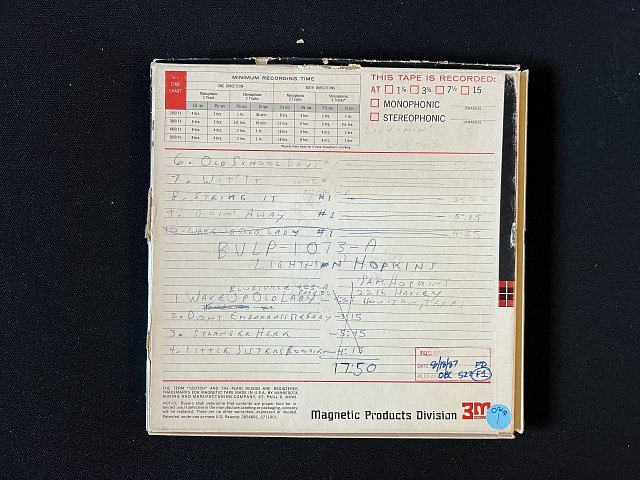
Samuel John “Lightnin’” Hopkins was 51 at the time. His trotting, percussively rhythmic finger picking guitar style, incorporating bass lines, chromatic turnarounds and single-note leads, is all his own, as is his instantly recognisable vocal delivery. The music still feels related, though, both stylistically and sonically, to some other audio show staples collecting dust on my shelves, like Muddy Waters’ Folk Singer and Sonny Boy Williamson’s Keeping It To Ourselves. This, clearly, is music that sells audio gear. Well recorded acoustic blues, with plenty of warmth, detail and room sound, is relatively easy to reproduce, making a mediocre system sound better. On the right setup, it can be goosebump-inducing «you are in the room» spectacular.
We had a thoroughly good time with these records, my guest listening blind while I served up the two versions. It soon became clear that they had very different characters. For starters, the Kevin Gray AP cut is markedly louder than the ERC. Volume can be deceptive, sometimes giving the false impression there is more «there» there. But even with playback levels decibel matched, the Ryan Smith cut had more energy and a more forward presentation than the ERC. It had more low end, and more highs. It was the more «exciting» listen, with presence and energy giving a more live feel to what Van Gelder recorded in Englewood Cliffs back in 1963. On the opening «Wake Up Old Lady», Hopkins’ voice and guitar was more forward in the soundstage than on the ERC, while Lovelle’s brushed snare out to the right had more attack and percussive presence. Gaskin’s bass was easier to follow. Hopkins’ wet kissing sound after the line Huggin’ and kissin’ positively jumped out from the speakers.
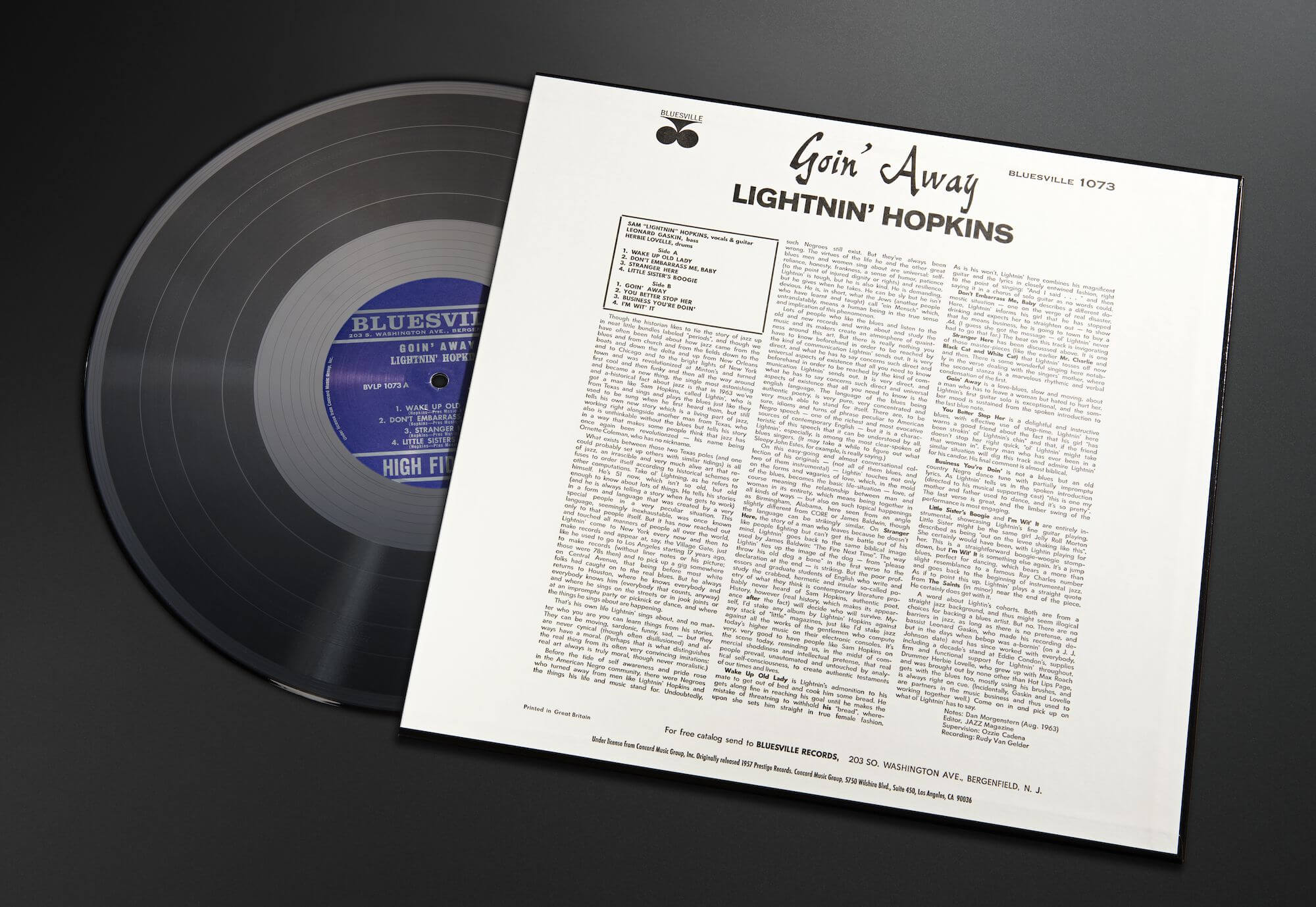
On the ERC, that lip smack is noticeably more subdued. I don't have an original or early repress to compare with, so I couldn’t tell you which version is closest to the sound of a 1963 original. But given ERC’s conservative approach, it is hardly surprising that their version sounds less modern, less «audiophile». The overall presentation is less forward, more relaxed. It is a bit less full sounding, but somehow still more organic. As the cut has less bass, you would expect it to also have less of the room information mostly found in the low and subsonic frequencies. But as my golden-eared music freak buddy observed, still listening blind to the two versions, the ERC actually seems to have more room sound, more 3D feel. It is, somehow, more of a whole. The AP, in contrast, can feel almost a bit deconstructed. While many audiophiles would most likely prefer the more dynamic, full sounding and brightly lit presentation, my buddy preferred the more laid back and organic ERC. I tended to agree with him, although to my ears, both versions have their strong merits. Choosing between the two is a bit like choosing between an elegant, fruity and very expensive pinot noir, and a higher in alcohol, somewhat oaked and much more reasonably priced cabernet.
Both records were perfectly flat and well pressed. The ERC, pressed at Record Industry in the Netherlands with lacquers most likely cut by C.J. Potter and G.D. Davies (the label isn’t very forthcoming with production details), did have some very minor crackles early on side 1, which I think is a first in my experience with the label’s releases.
Choosing between the versions two is a bit like choosing between an elegant, fruity and very expensive pinot noir, and a higher in alcohol, somewhat oaked and much more reasonably priced cabernet.
While the jury may be out on which sonic presentation is the «best», the ERC is in a different league when it comes to physical presentation. When you carefully remove the silk paper and matte, translucent OBI that adorns the ERC, the front side of the great looking cover appears very similar on the two versions. Colors were almost identical, the high gloss lamination very similar. The labels were also quite close, with just a slight difference in shade of blue. The AP comes in a very well made tip-on style jacket in thick cardboard, as does the ERC.
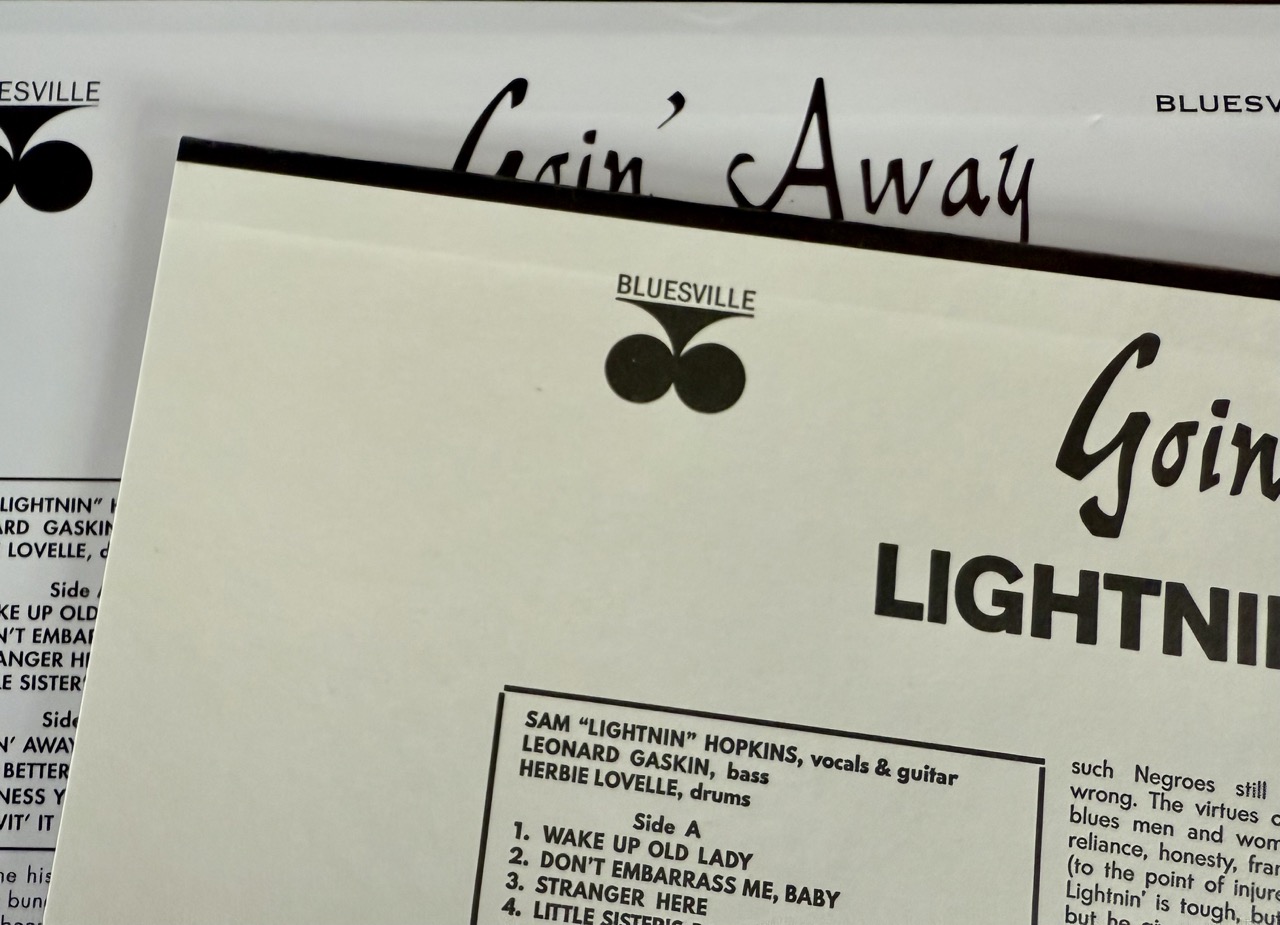
When you flip the sleeves over, you notice more of a difference, though. The text on the AP is (most likely digitally) printed on sleek, very white matte cardboard. The ERC stock has a more yellowish tone (see my photo above) and more fiber texture, much closer to how record sleeves looked at the time of the original release, and as close to the stock on the original release as possible. Then there is the hand printed letterpress typing, where the indentation of each painstakingly reprinted brass letter type on the paper can be clearly felt with your fingertips.
Delicious stuff, if you can afford it (and if you can even find a copy). If not, the Analogue Productions version will provide excellent quality for a very reasonable price.





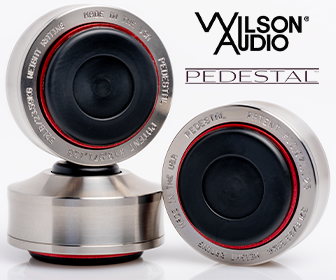
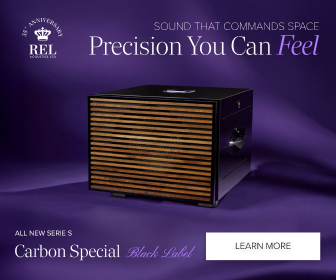
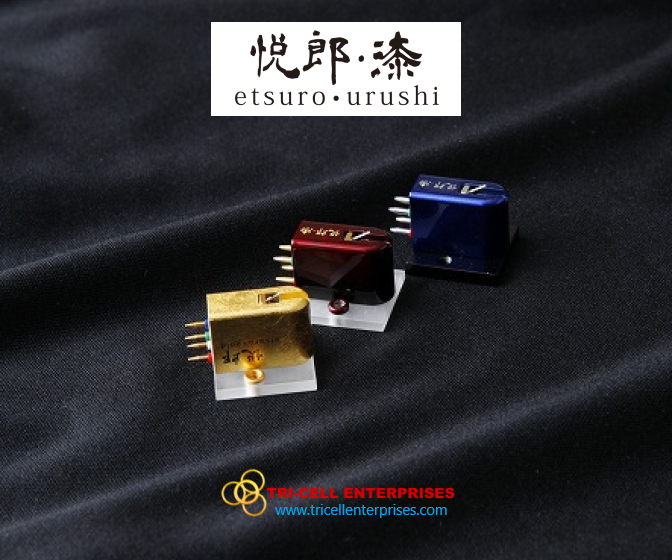
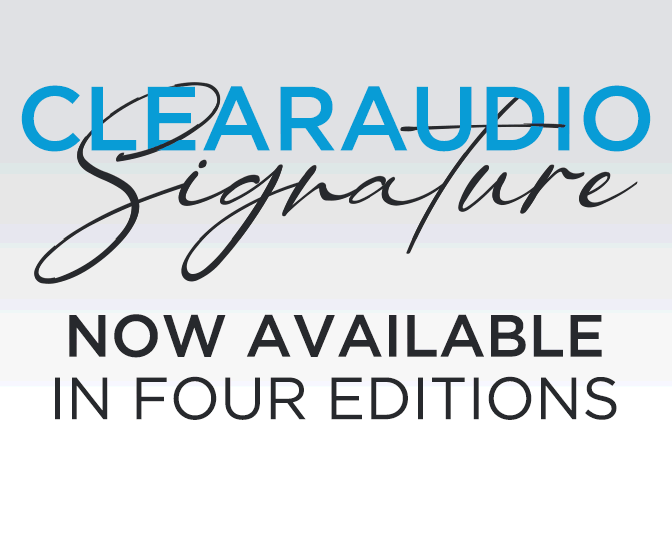
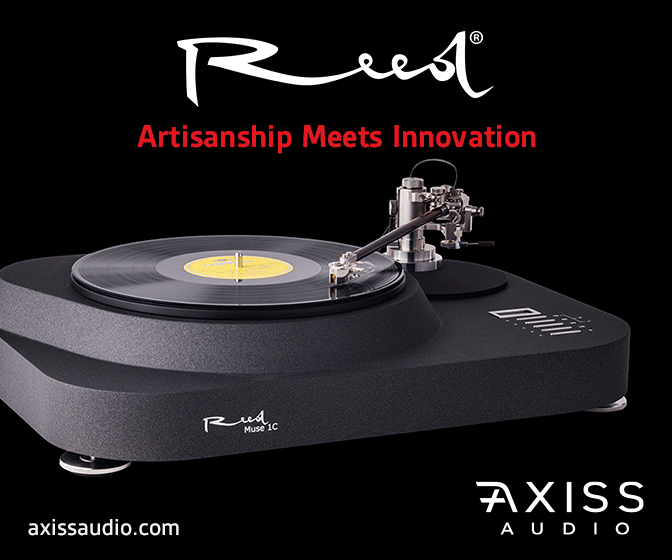
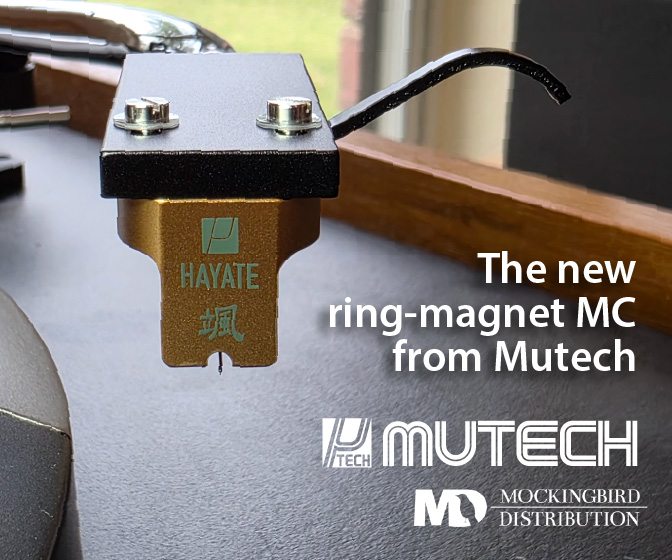
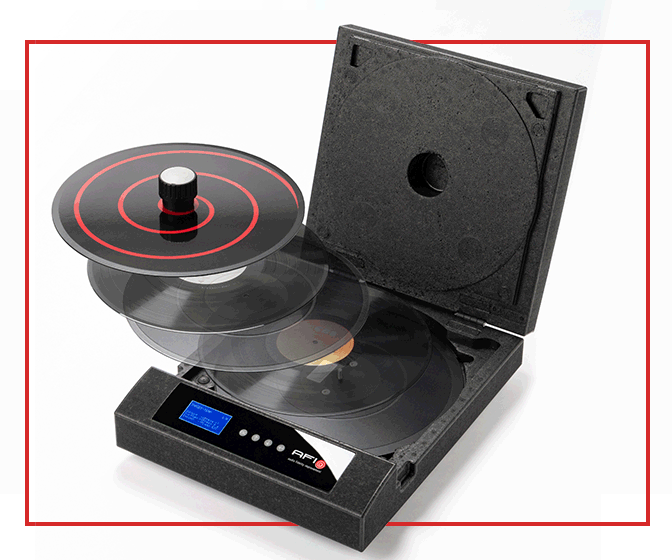

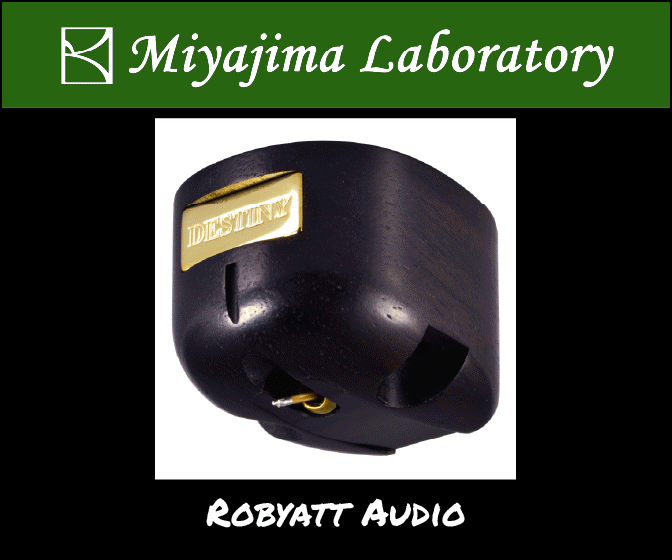



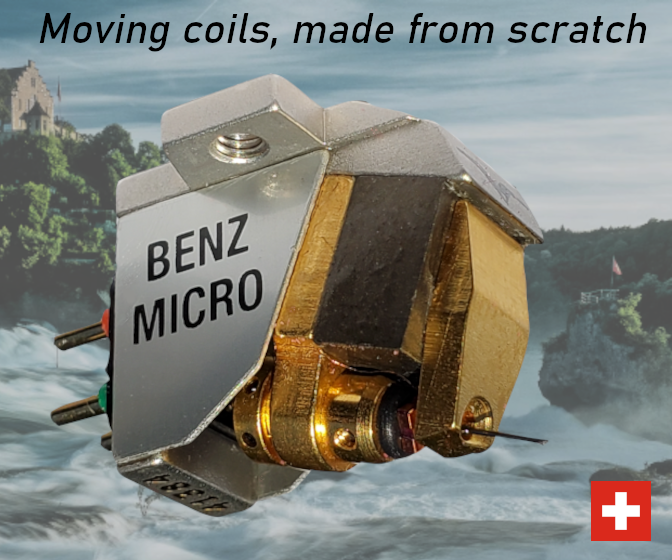

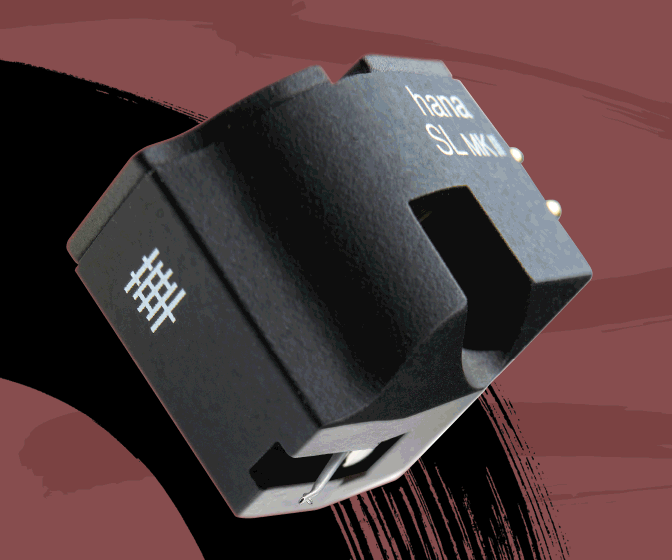
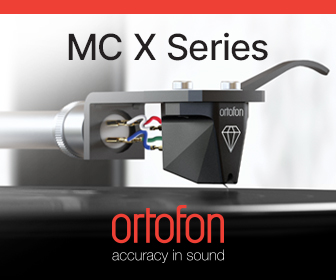
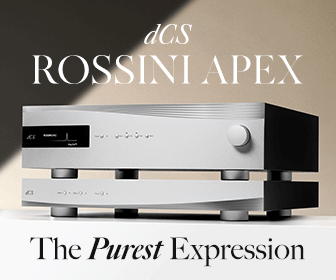
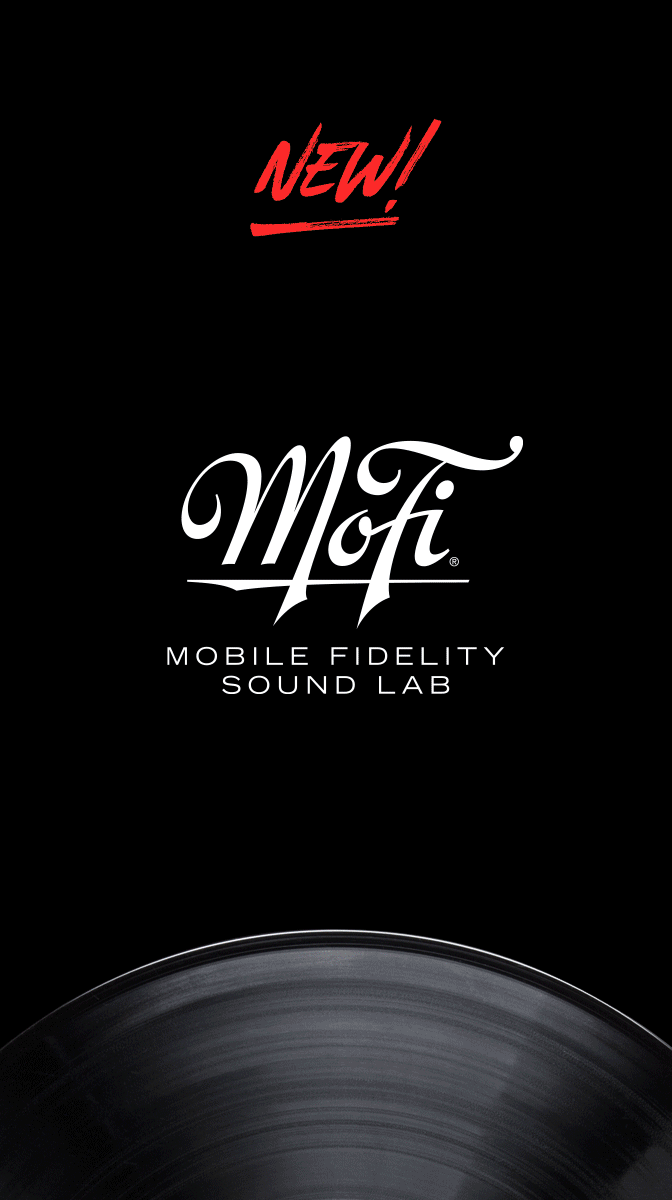

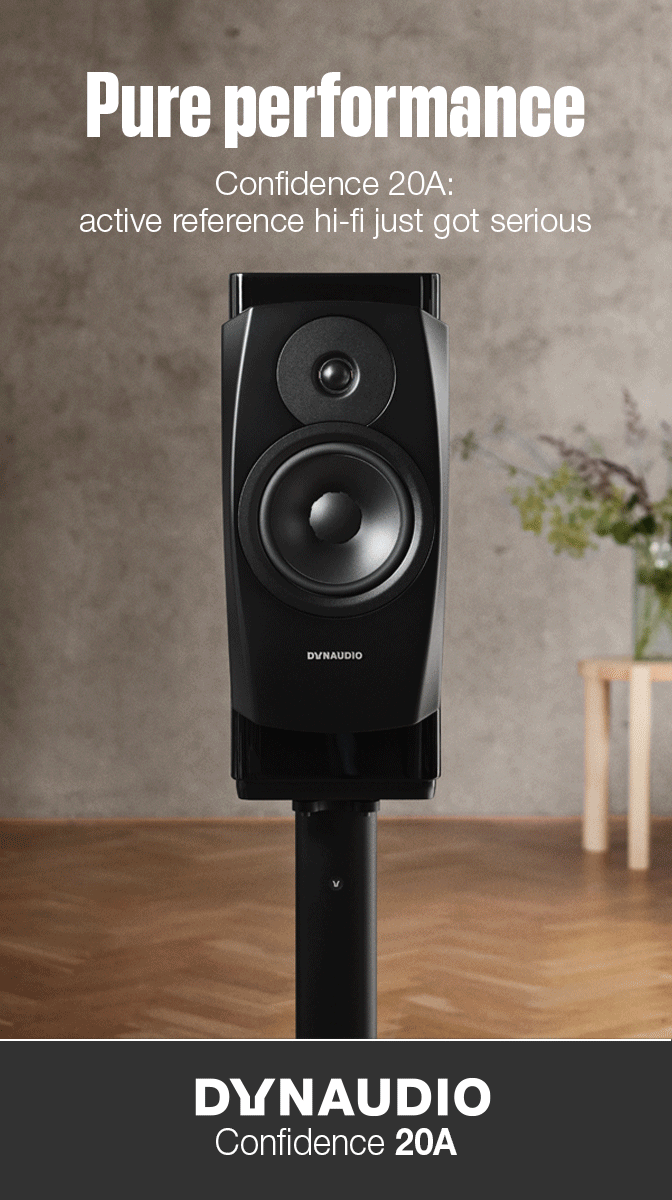
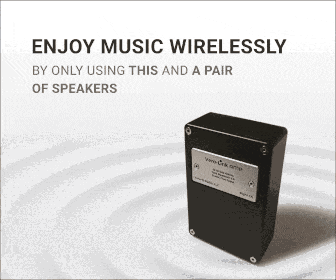
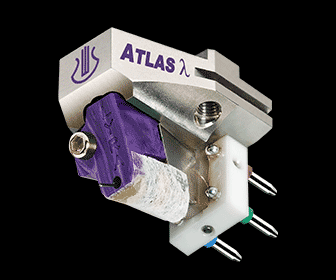

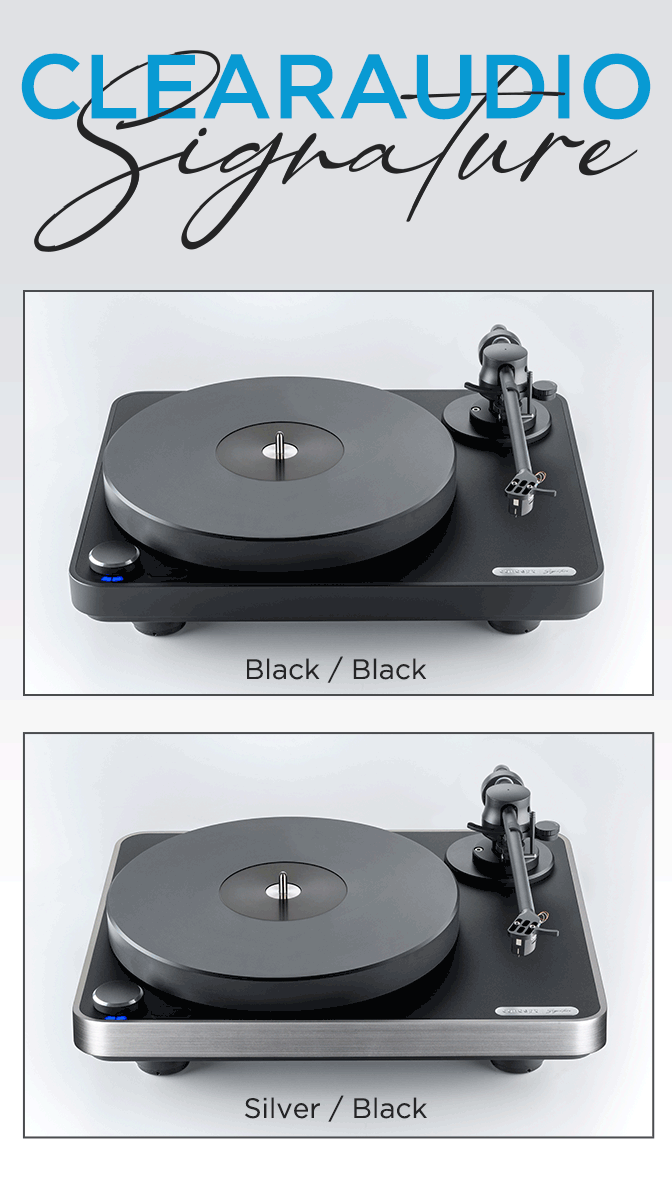
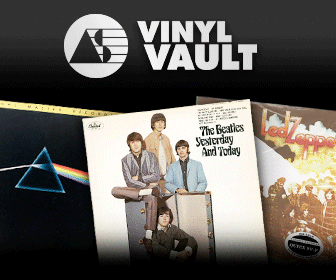
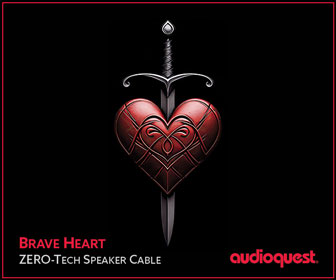
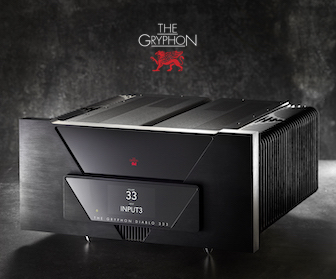
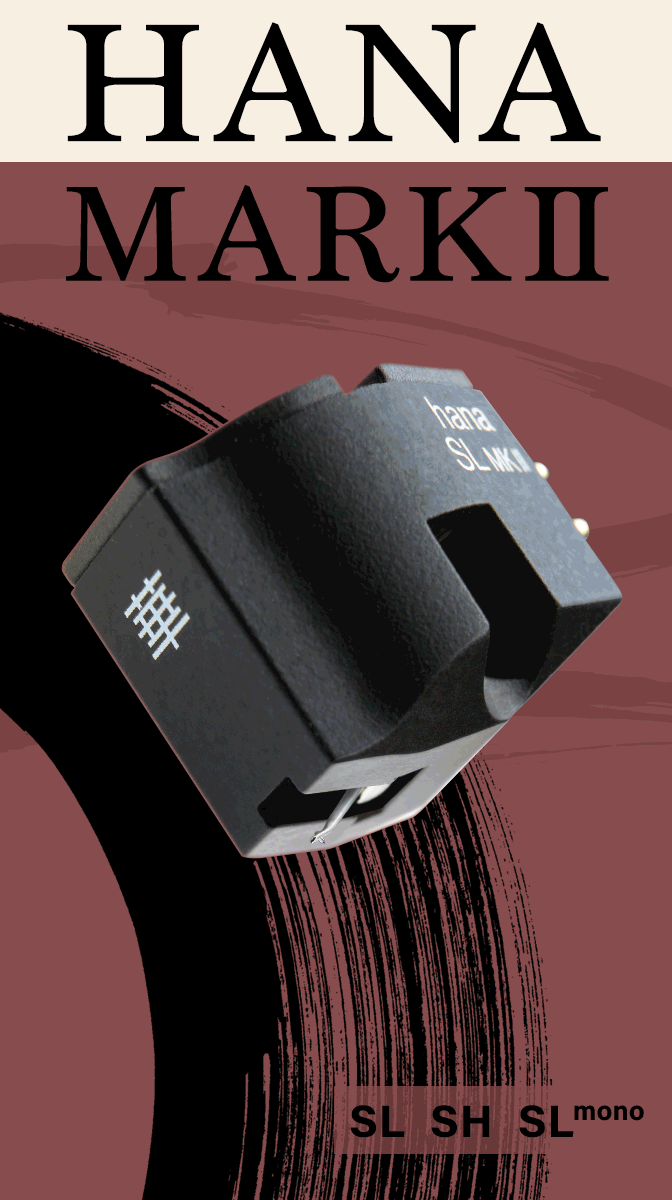


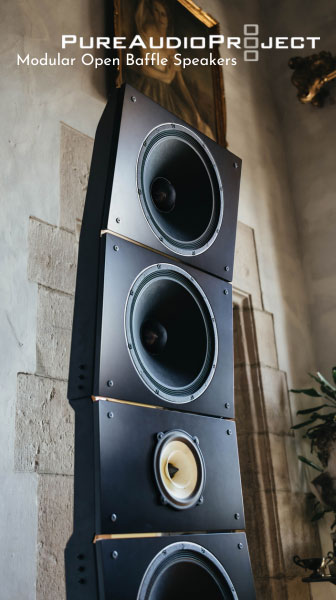
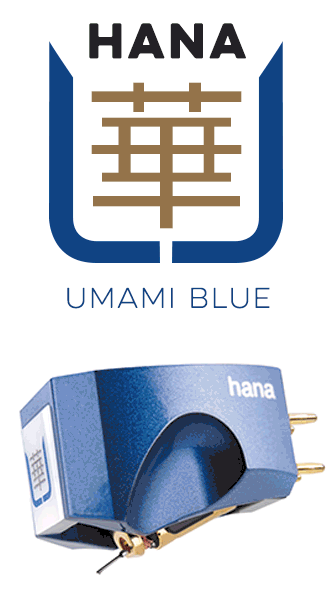





.png)








